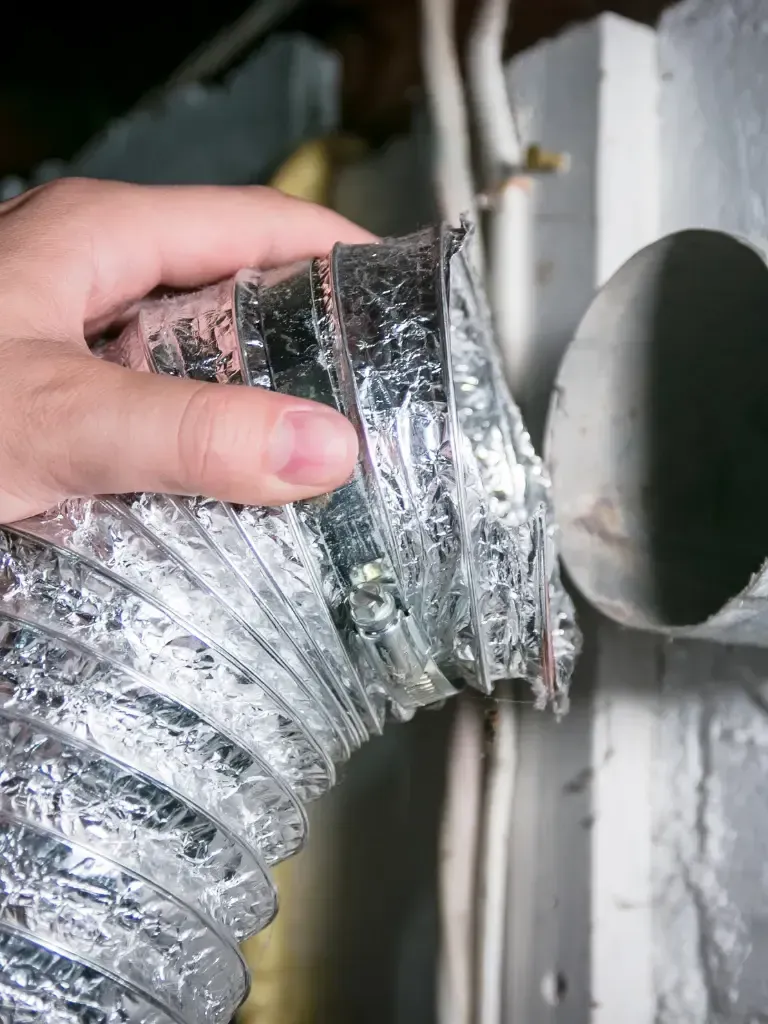Five Important Facts About Duct Cleaning from the EPA

We all want to live healthier, better, and longer lives. As a result of this fact, many of us exercise, eat right, and try and get a decent night's sleep. Many of these people forget to think about some of the invisible things that directly affect immediate and long-term health. Air quality is often one of these things that are neglected because the problem is impossible to see, taste, touch, and hear. Many factors negatively affect indoor air quality, and one of the more significant issues is HVAC systems, especially ducts. The EPA recently published a detailed document on indoor air quality and duct cleaning, an important read for homeowners, landlords, building managers, and others.
Should You Have the Air Ducts in Your Home Cleaned?
Below are the five biggest takeaways about duct cleaning and improved indoor air quality.
1. Improves Indoor Air Quality: The EPA highlights that cleaning air ducts removes contaminants such as dust, pollen, and other allergens. They note the importance of maintaining clean ducts, as they are one of many potential sources of particles present in homes. Cleaning ducts, therefore, can significantly improve indoor air quality, making the home environment healthier, especially for those suffering from allergies or respiratory conditions.
2. Enhances HVAC System Efficiency: The EPA indicates that cleaning components of your HVAC system, like coils and fans, may improve system efficiency. While the impact of direct duct cleaning on efficiency isn't conclusively proven, the overall process contributes to the more efficient operation of the HVAC system. This efficiency can result in energy savings and extend the equipment's lifespan.
3. Eliminates Unpleasant Odors: Air ducts can accumulate odor-causing contaminants from indoor and outdoor activities. The EPA suggests cleaning air ducts can help remove these particles, thus reducing unpleasant smells and contributing to a fresher indoor environment.
4. Reduces Dusting Needs: The EPA explains that a significant amount of dirt in air ducts sticks to the duct surfaces and doesn't always enter the living space. However, by cleaning the ducts and removing this source of dust, homeowners can potentially see a reduction in the amount of dust circulating in their homes. This leads to less dust settling on furniture and floors, thereby reducing the need for frequent dusting.
5. Prevents Potential Health Issues: The EPA states that while air duct cleaning has not been conclusively shown to prevent health problems, cleaning is considered if there is visible mold growth or vermin infestation, which can pose health risks. They suggest that addressing these issues through duct cleaning can be a proactive step in maintaining a healthier indoor environment and potentially preventing related health issues.
Always trust the pros when it comes to duct cleaning services. It is common for D.I.Y jobs to become more significant problems and waste more time. We want to help you and your loved ones breathe easy indoors, and our expert duct cleaning service offers that and more. Give us a call today for more information.



